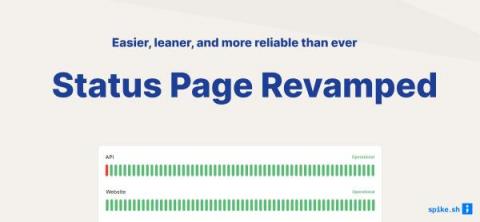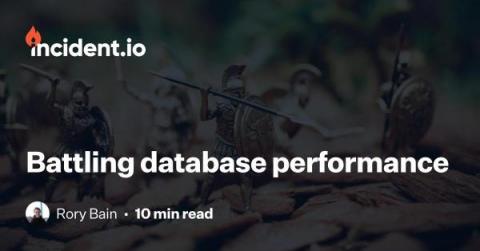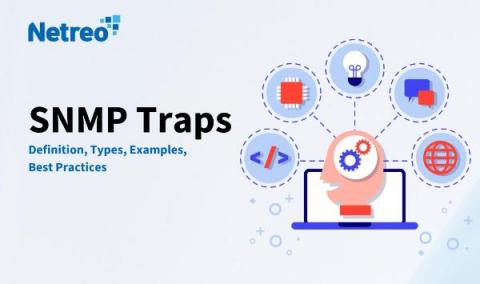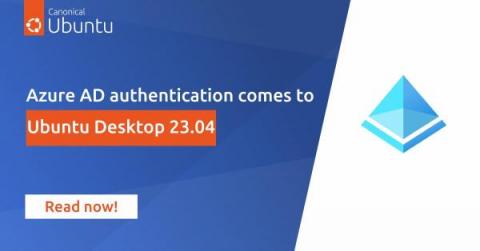Easier, Leaner, and a more reliable Status Page
Our status page product started last year as an experiment. We built a status page product in a hurry over weekends, and to our surprise, it gained a lot of traction. People were using it and giving us feedback, which helped us improve the product over time. And this year, we're thrilled to announce that we have great things planned for our status page product! The new revemped dashboard is part of a larger plan for our status page product. Here's a quick gist of the multiple releases.











